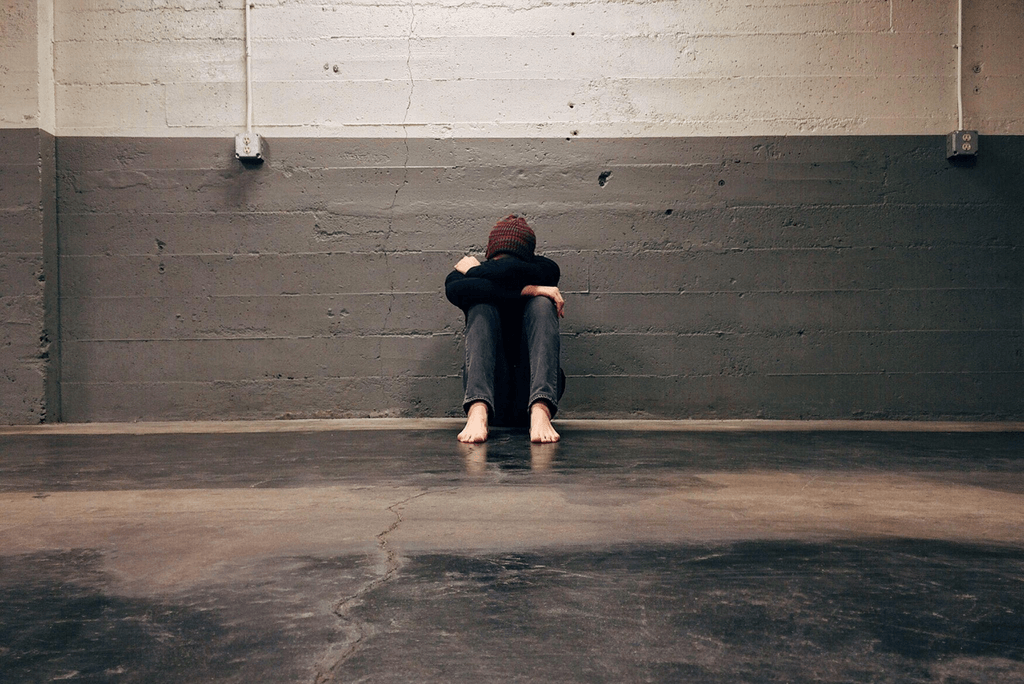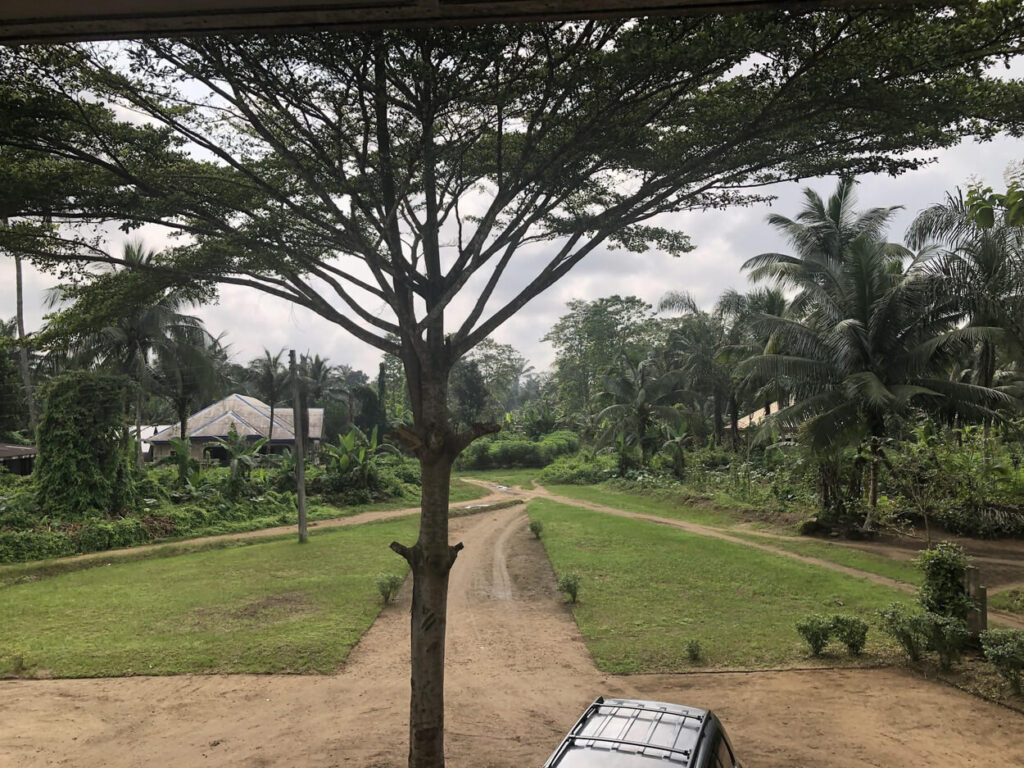By Edikan Umoh.
The rise of the creator economy gives artists and creators the rare opportunity of ownership and enormous financial benefit, especially compared to how artists are used to making a living. For a long time, many creators were unable to make a stable income from their crafts, but this is gradually changing. Today, creators are better equipped to make a sustainable living off their work and the following they build. There is a growing emphasis on turning general audiences into dedicated communities, and creators are encouraged to find their 1,000 true fans that will support them throughout their careers. I spoke to community builders and creators about concepts and ideas that’ll help creators build an efficient community.
What’s the difference between audiences and communities?
Amine Hammou, a community builder, who is someone who specializes in creating communities around a meaningful service and way of thinking, says the difference between an audience and a community is connection. He says while audiences often follow what’s trending, they don’t have a connection that ties them together.
“A community follows a community founder, these leaders are the heart builders of the community and they try to activate their members into a specific journey,” he said. “A community is well designed.”
Communities help members relate and form relationships with one another. Erin Staples says that these groups share common goals and aren’t particularly focused on a single person. Although communities develop as a result of one person, they continue as a result of shared similar intellectual interests and goals.
“Audiences are groups of people that consume the same content. At their core, they don’t have relationships with one another,” Staples said. “So you’re doing a one-to-many relationship which are exclusively influencer-to-member connections. But for communities, they share common goals and prioritize member-to-member connections.”
Why are communities essential for creators in building a sustainable career?
Community is the future of business models. A lot of people are only interested in buying products or services from places they feel they belong. So, creators need to build a community that will influence what kind of products and services they provide.
Hammou had this to say about it, “It’s building a depth of connection between you and your ideal customer, you get to know them better. And that’s something underrated especially for brands, or creators in general because most of the time creators create products before they know who’s gonna use the products. But a community could give them that space to know the user first.”
Communities are also engaged and invested in the success and endeavors of creators, allowing them creative flexibility.
Chloe Williams has built a community across her newsletter, Instagram, and TikTok with her essays on loneliness. She loves that her community is very adaptable to her. When her content changes or when the algorithm is not in her favor. They let her experiment. “I appreciate their willingness to let me tell a story in the way I want.”
How to Start Building a Community.
Creators can use their unique perspectives and interests to build their specific communities. Williams’ essays, for instance, have attracted a particular kind of person: “I attract lonely people. There’s a thread of loneliness going through our lives and I relate to that. When it comes to being sentimental and enjoying the ordinary I think that correlates to the loneliness of ordinary days.”
Williams explained the approach she has to community building and how it has worked for her. She said that communities require “very honest self-portrayal,” but it can be difficult to be vulnerable or authentic on the internet.
“I try to say what I feel is true and do not necessarily worry about if everyone is going to relate, understanding that my experience is singular,” she said.
Staples suggests building a community with genuine intention, “The biggest thing creators want to know is if their content is resonating,” she said.
She also said that communities build a flywheel approach,
“So by growing your communities, you’re able to build an organic referral network,”she said.
Similarly, Chloe has built a community of loners, people who feel the separation between themselves and the world but want to connect to it in a meaningful way. And this was built with multiple trials which led to creating a safe space for people like her.
What mental models and frames of thinking should creators follow?
Hammou suggests identifying an audience’s needs and using that insight to build a community.
“So try to make a community that focuses on what they want to see more,” he said. “So once you have built that establishment and once you have those pillars settled, then you can improve then you can innovate.”
True innovation and authenticity attract the quality audience creators need. Staples says that creators need to [can we paraphrase what she means in this part of the quote: I think we’re very comfortable with the idea that you have to automate a version of yourself online.”, Staples says. “We’re all guilty of it. However, there should be balance and boundaries you don’t cross when creating online.
““The two steps that I would use are, to be honest with yourself and be real with yourself,” she said. “Do not worry about the overly curated part. Moreover, I also think creators should be honest about their values, and ethics. What do you stand for?”
Hammou recommends the below method when building a community.
“The first thing that you should do is analyze the market,” Hammou says. “What’s the product, and who is it for? What does it do? Why should people care? Where could you find all of these people, one on one market?”
The next thing he suggests is to go to people who are ideal members and reach out to them, have a conversation with them and say, “Hey, I’m building the community. I have a couple of questions for you to see if it’s a good fit.” That’s a pre-launch.
“Then after you launch the community, a good marketing strategy could be to deliver so much value to one member that they go out of their way to refer more members,” Hammou says. “Generous value creation helps when developing quality relationships.”
Williams adopts another strategy whilst building her community, “I’m not trying to tell people what to do. I’m saying I see the world this way and if you also do, I see you. And this has attracted a quality group of people.” At the beginning of her journey, someone interviewed her about her work and until now their internet friendship has stood the test of time. “I value those relationships I’ve made.”
The most important thing is being a human being and caring about the community. That’s the best strategy: care about your members and reach out to them weekly to see if they’re struggling with something. See if you can build something for them that could help them on their life journeys and that would make a huge difference. At the core of community building is developing quality relationships. Community is a long game.



